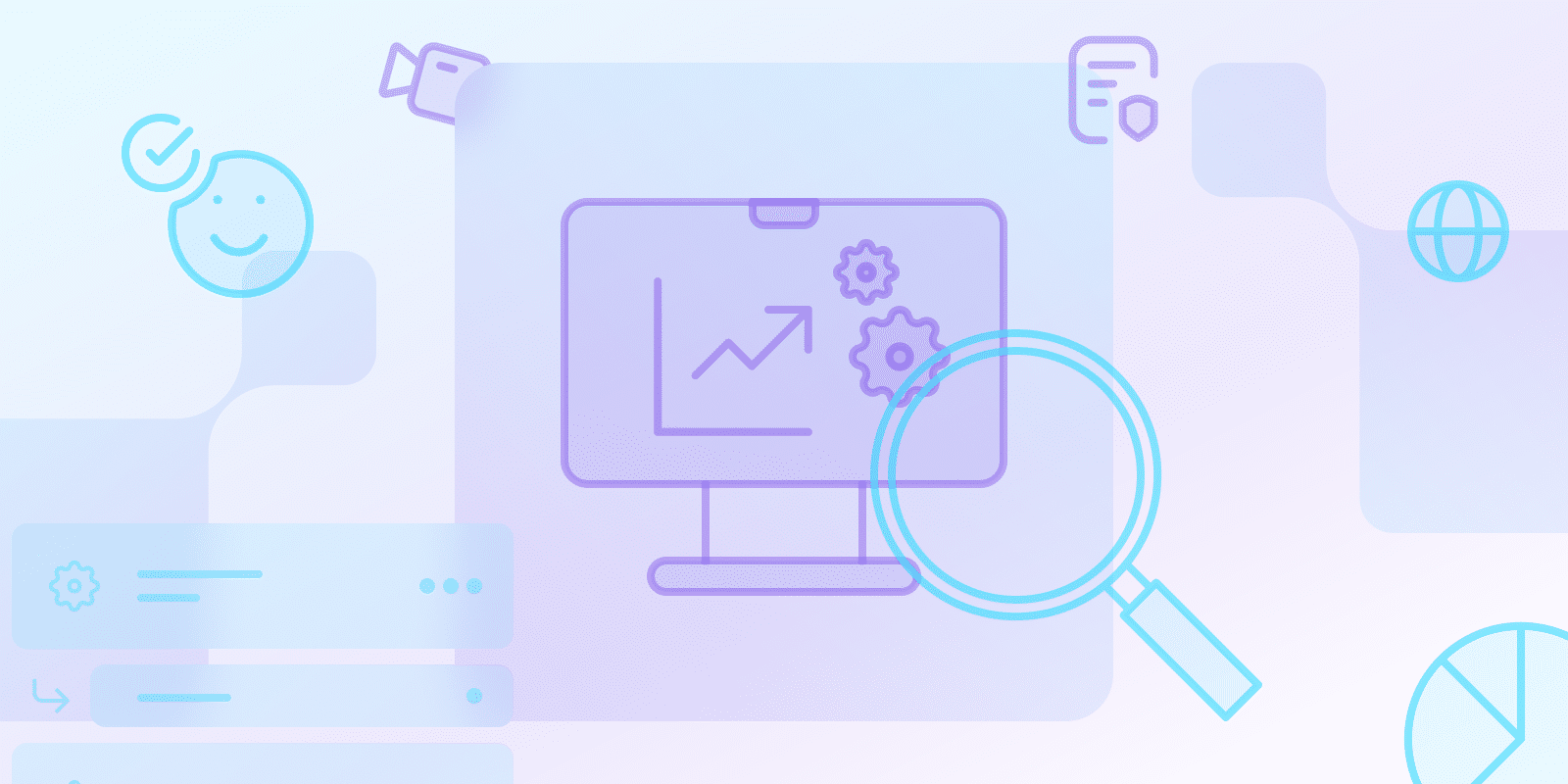What is Cloud Performance Monitoring?
Cloud Enabled Operations

What is Cloud Performance Monitoring?
Cloud performance monitoring is when you track and analyze your cloud-based infrastructure regularly. You should look at performance, and it also involves your services and apps.
In cloud performance monitoring, you look at data from multiple sources. After doing that, you should look for solutions to problems that may affect security, performance, and availability/uptime.
Cloud performance monitoring requires real-time data aggregation. It’s necessary for utilizing resources, identifying bottlenecks, and seeking cost-effectiveness opportunities.
You should proactively monitor your cloud performance to discover and resolve problems before users are affected. This is crucial for service delivery as well.
What are the key differences between cloud performance monitoring and cloud security monitoring?
While cloud performance monitoring and cloud security monitoring complement each other, they aren’t the same. Here are some main components of cloud performance monitoring:
- Cloud performance monitoring prioritizes detecting and mitigating security risks (e.g. unauthorized access and data breaches).
- Cloud performance monitoring looks at resource utilization and finding bottlenecks, while also measuring responsiveness.
- You must customize cloud monitoring tools to optimize data better.
Cloud security monitoring, meanwhile, has these characteristics:
- You can generate several alerts with cloud security monitoring, but you need to prioritize and analyze carefully – otherwise, you risk alert fatigue.
- Performance monitoring needs extra tools to address security concerns directly.
- Security monitoring is important, but not for UX and app functionality performance insights.
You need to align cloud performance monitoring with your business objectives if you want your strategy to be effective. Identify the main key performance indicators (KPIs) within reliability, security, and efficiency before implementing your cloud performance monitoring.
How does cloud performance monitoring work and what are its key benefits?
Cloud monitoring tools gather data from network traffic, infrastructures, different metrics, and application logs.
You must implement effective cloud performance monitoring if you use cloud service. KPIs to consider are response times, resource utilization, and network latency.
You should use these KPIs for:
- Cloud performance optimization
- Outage prevention
- Online experiences
- Bottleneck identification and diagnosis
- Performance optimization
- Optimizing UX and operations
How can cloud monitoring optimize costs?
Start by regularly monitoring resource usage through third-party monitoring tools, cloud provider dashboards, or both. You should then change cloud figurations with cost reduction and performance optimization in mind; be sure not to disrupt how everything runs, though.
You need to monitor cloud usage regularly thereafter, reviewing configurations further when necessary. Doing this may help you get more out of your resources; for example, you should down your virtual machines in off-peak hours if they’re idle for most of the day.
What are the top cloud monitoring tools and which ones are most suitable for different needs?
Consider these factors when picking a cloud monitoring tool for your needs:
- Cost: What’s your budget; can you use a free/open source version, or do you need a subscription?
- 확장성: Can the tool accommodate the growing needs of an expanding infrastructure?
- Ease of Use: What’s the learning curve, and what is its interface like?
- Integrations: Choose a tool that integrates with AWS, Azure, or whatever cloud software you use.
- Metrics: Does the tool have the performance data that you need to track?
Popular Cloud Monitoring Tools
- Amazon CloudWatch: Use if you need to monitor resources on AWS.
- Site24x7: Use if you need to monitor on AWS, GCP, and Azure.
- Zabbix: Open source and may need more technical expertise, but useful if you have these skills.
Research different options and consider using 무료 체험 to test these tools out.
결론
You need to use cloud monitoring to identify issues before they become serious and resolve them. It’s also necessary for cost and performance optimization, though you still have to do some manual work to get the best out of them. Pick a tool based on your needs and set clear KPIs, while regularly monitoring and adjusting over time. This is crucial if you want to save money and avoid outages.